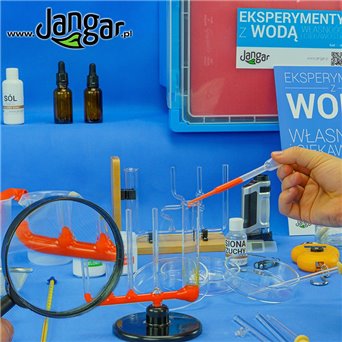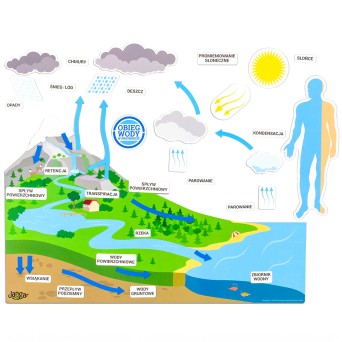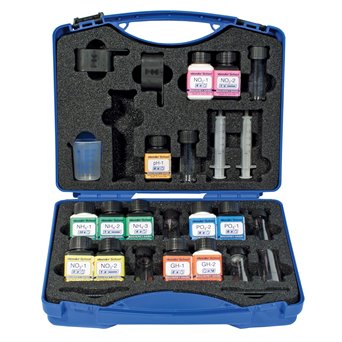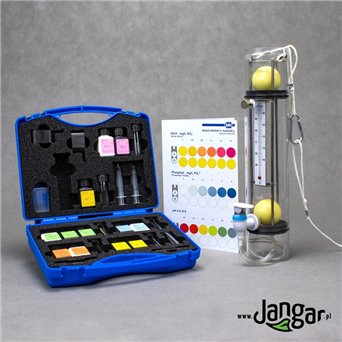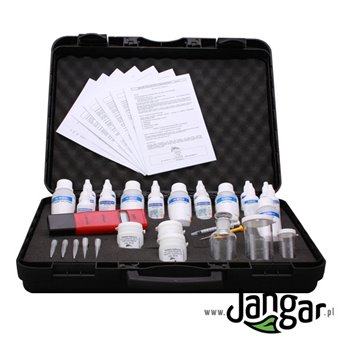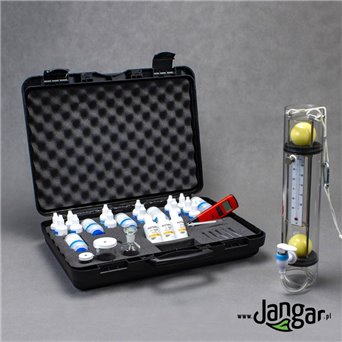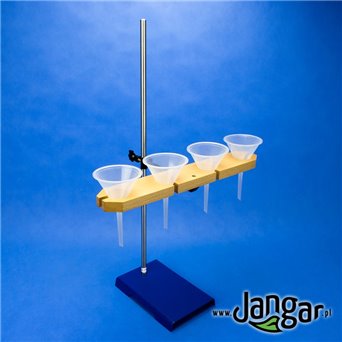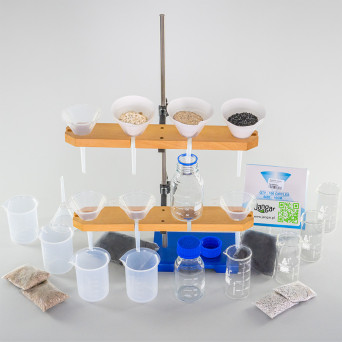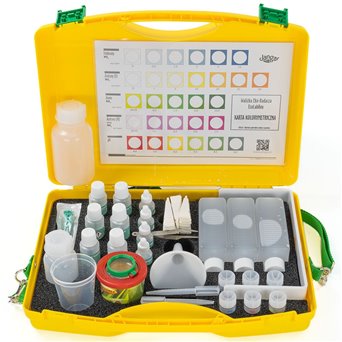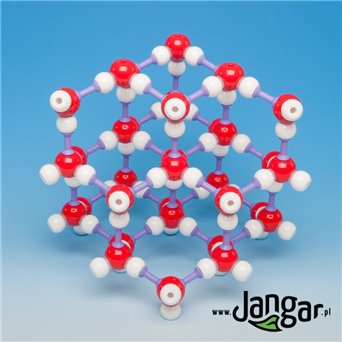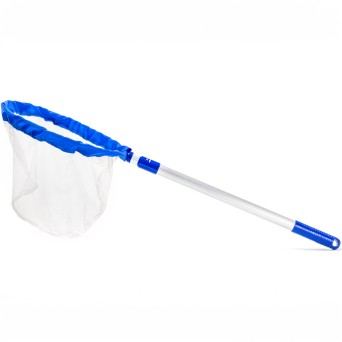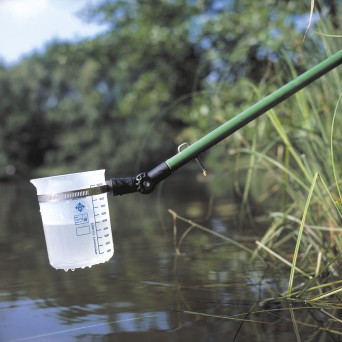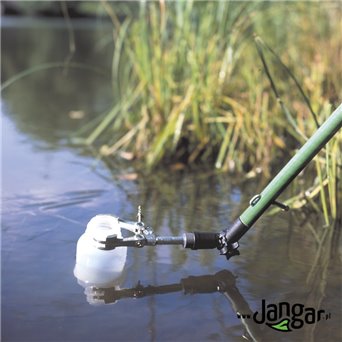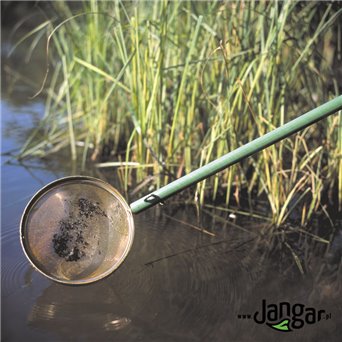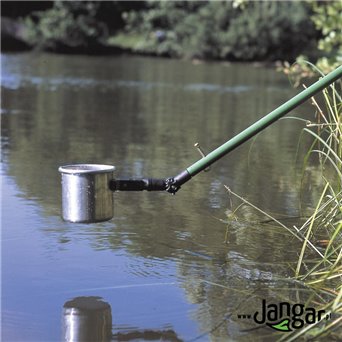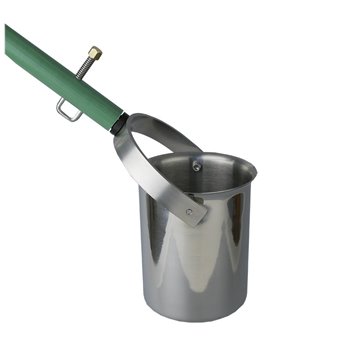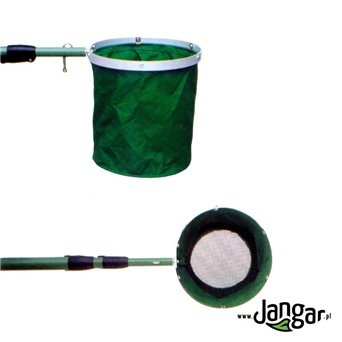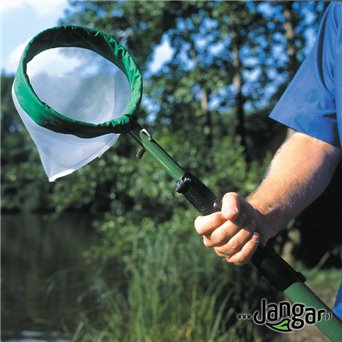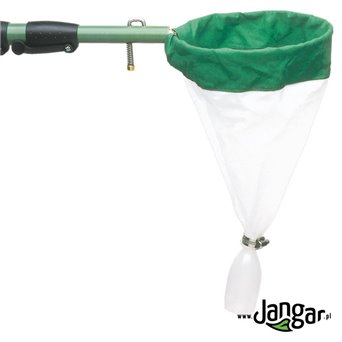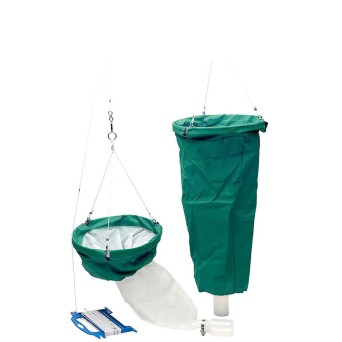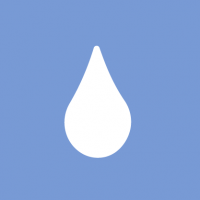
Water testing carried out in the field classes, as well as in the school laboratory. Necessary equipment and facilities for the students and the teacher, with detailed descriptions of each stage.
There are many reasons why it is important to have the right tools and equipment for water testing and monitoring. First, water is a vital resource that is necessary for human survival and plays a critical role in the health of the natural environment. It is important to ensure that water is safe for human consumption and free from pollutants that can harm aquatic life and disrupt ecosystems.
By having the proper tools and equipment, you can accurately and efficiently collect water samples for testing and analysis. This can help identify potential sources of pollution and take appropriate steps to prevent or reduce it. Monitoring water quality can also help track the effectiveness of pollution reduction measures and identify any areas where further action may be needed.
In addition to environmental concerns, water testing and monitoring is also important for regulatory compliance. Many industries are required to meet certain standards for wastewater discharge and must regularly test their water to ensure compliance with regulations. By having the right equipment, you can ensure that you are meeting regulatory requirements and avoid costly fines or legal action.
Furthermore, having the ability to test and monitor water can be useful for research and education. By studying water quality and the effects of pollution on aquatic life, we can learn more about the environment and develop strategies to protect it. Water testing can also be used to educate the public about the importance of water conservation and pollution prevention.
In summary, having the right tools and equipment for water testing and monitoring is essential for protecting human health, the natural environment, and regulatory compliance. It also provides opportunities for research and education. By investing in quality equipment and staying up-to-date on the latest testing and monitoring techniques, we can help ensure a sustainable future for our planet.
Water is one of the most precious resources on our planet. Not only is it essential for human survival, but it also plays a vital role in the health and well-being of the natural environment. Unfortunately, water pollution is a serious problem in many parts of the world. Polluted water can harm human health, harm aquatic life, and disrupt ecosystems. Therefore, it is essential to monitor the quality of water and take steps to prevent pollution.
There are several ways to monitor the quality of water. One common method is to collect water samples and analyze them in a laboratory. The samples can be tested for pollutants such as pesticides, heavy metals, and bacteria. Results from the laboratory can provide information on the type and amount of pollutants present in the water.
Another method is to use monitoring devices, which can be placed in the water to collect data on water quality in real-time. These devices can measure parameters such as pH, temperature, dissolved oxygen, and conductivity. The data collected can then be analyzed to identify any changes in water quality and potential pollution sources.
Monitoring water quality is essential to identify potential pollution sources and take appropriate action to reduce pollution levels. For example, if the data shows that a particular pollutant is present in the water, the source of the pollutant can be identified, and steps can be taken to reduce or eliminate it. Additionally, monitoring can help track the effectiveness of pollution reduction measures and identify any areas where further action may be needed.
To ensure the accuracy and reliability of water quality data, it is important to follow proper sampling and monitoring procedures. This includes using appropriate equipment, following standard operating procedures, and conducting regular calibrations and quality control checks. It is also important to collect samples from multiple locations and times to ensure that data collected is representative of the water body being monitored.
In conclusion, monitoring and testing the quality of water is critical to protecting human health, aquatic life, and the natural environment. Regular monitoring can identify potential pollution sources and help track the effectiveness of pollution reduction measures. To ensure the accuracy and reliability of data collected, it is important to follow proper sampling and monitoring procedures. By working together to monitor and protect our water resources, we can help ensure a healthy environment for future generations.





































































































































































































































































































































